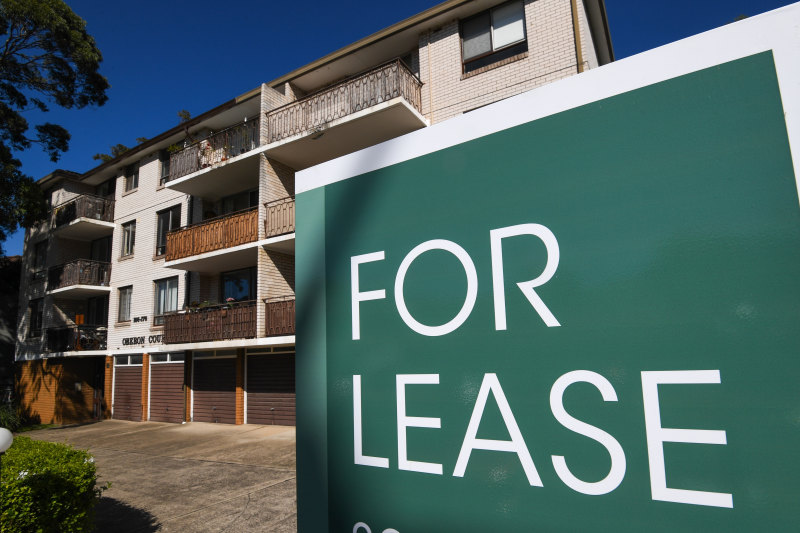Vietnam planter box house wins first prize at the World Architecture Festival in Berlin
Despite the unprecedented odds of Australia having seven among the shortlisted entries in the House section at the World Architecture Festival in Berlin, Australians didn’t take out any of the prizes on the first day of judging on Wednesday.
The project that won was a brilliantly conceived, multi-level house as a series of big planter boxes in Ho Chi Minh City, Vietnam.
The runner-up, an exquisite house with prismatic glass windows that throw rainbows around the interiors, sustained a common theme amongst the 17 entries of houses attempting to connect the inhabitants with nature or natural phenomena.
All but a truly tiny prefabricated infill house near the Forbidden City in Beijing that took two days to construct, were designed to invite breezes, sky, light, but especially the greenery of living plants into the interior environments.
The pageant of Australian entries including CplusC‘s “Living Screen” house in North Bondi — that exists behind a vertical green screen — SJB‘s native-planted “Cleveland Rooftop, a living landscape in the city (of Sydney)”, and Chloe Naughton‘s “Inverdon House” in the hot inland of Queensland that is, in a way, a breezeway with bedrooms, demonstrated the almost preposterous richness of natural conditions our architects get to work with.
In fact, one of the Russian judges remarked on hearing about so many homes being built to mitigate summer’s heat and the blasting western sunlight, when in the north, he lamented, it is all about enticing light in and keeping bitter cold out.
When, at the end of the long day of presentations, the winner announcements failed to mention any Australian projects, some fruity comments registered loud disappointment.
As one Aussie architect, whose clients had even flown to Berlin for the festival, remarked: “It cost us about 10 grand to be in this!” He said more besides that must remain unreported.
Although the Australians could dispute being oversighted, the winning house set in a steamy and vertically-challenged neighbourhood in Ho Chi Minh, and authored by a Japanese architect Takashi Niwa, who works with Vo Trong Nghia Architects, was an inspired standout.
Explaining how there is so little green space in the main southern city, and the concurrent problems of pollution and overheating, he designed the three level house as stacked planes defined by large, “erratically arranged planter boxes” that mean trees can grow in the middle of living spaces.
“Trees that provide shade and gentle privacy”.
- Related: Beyond architectural trends
- Related: Australia’s best homes
- Related: Creative Tasmanian architects
The arrangement of the levels and the through views across the various green plantings “also allow gentle connections across rooms”.
In the plant-filtered lifestyle that Mr Niwa said “connects people with people and people with nature”, the inside temperature remains effectively cool.
Two other houses in the category that were just as original were both designed by the same Japanese architect Kohei Omori of Hiroshi Nakamura & NAP.
For “Finding Rainbows”, a three-storey small house in Tokyo, his practise invented and cast panels of prism glass that now have the client’s children “finding rainbows” throughout the house. The invention followed a year long and detailed study of the light refraction potentials of the site.
For Mr Omori’s “Radiator House”, south of Tokyo, he similarly invented a moulded fibreglass screen fence down which water can trickle and through which breezes can flow to cool the house and garden.
This lovely idea “came from the radiator of a car engine applied to the concept of a house facade”.
Win or lose, all the presentations put absolutely paradigm-shifting architectural ideas up for global consideration.
On day two of the festival, SJB’s magnificent “Cleveland Rooftop” won the INSIDE residential award. Designer Adam Haddow calls the three-bedroom rooftop addition to an apartment readaption of a 1940s Sydney warehouse “a project about living in a landscape in the city”.
We recommend
We thought you might like
States
Capital Cities
Capital Cities - Rentals
Popular Areas
Allhomes
More







